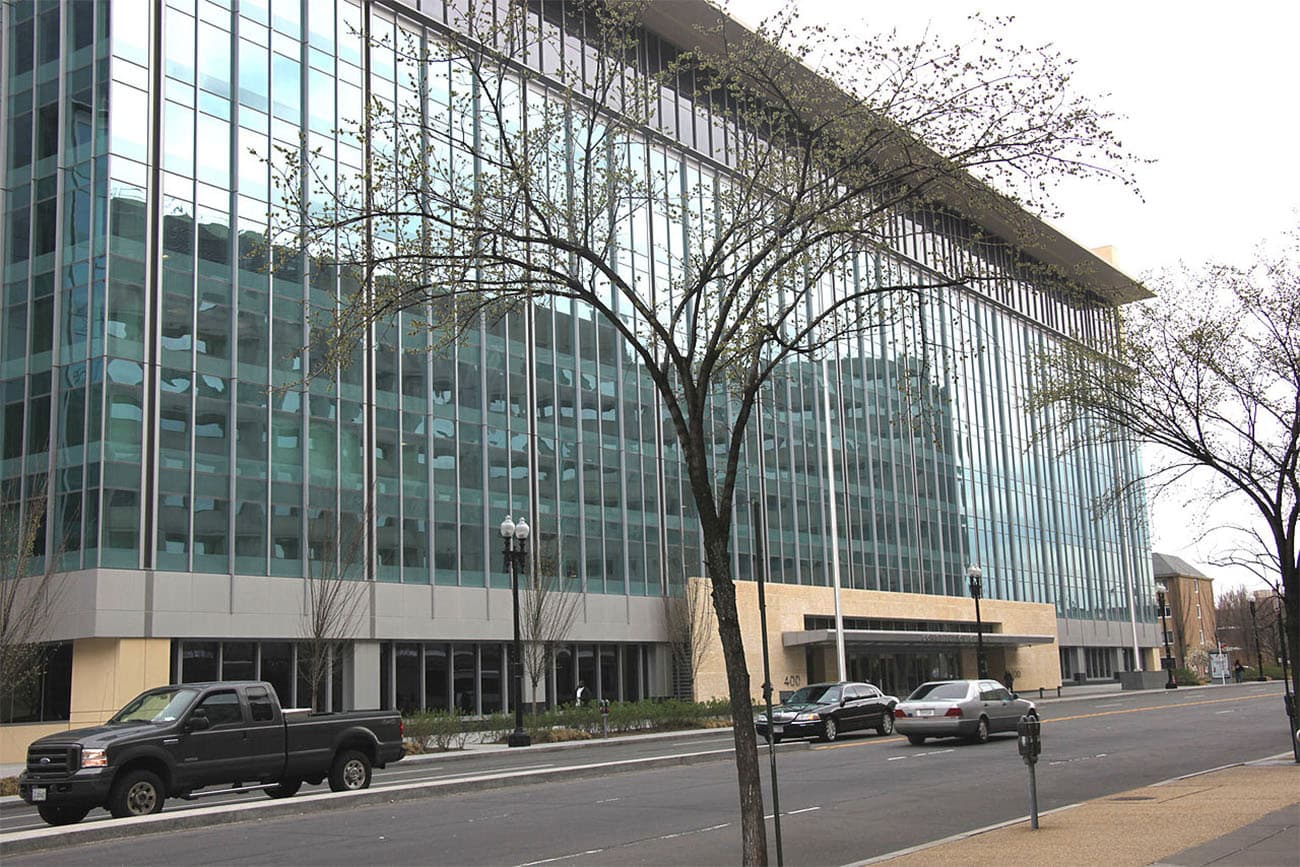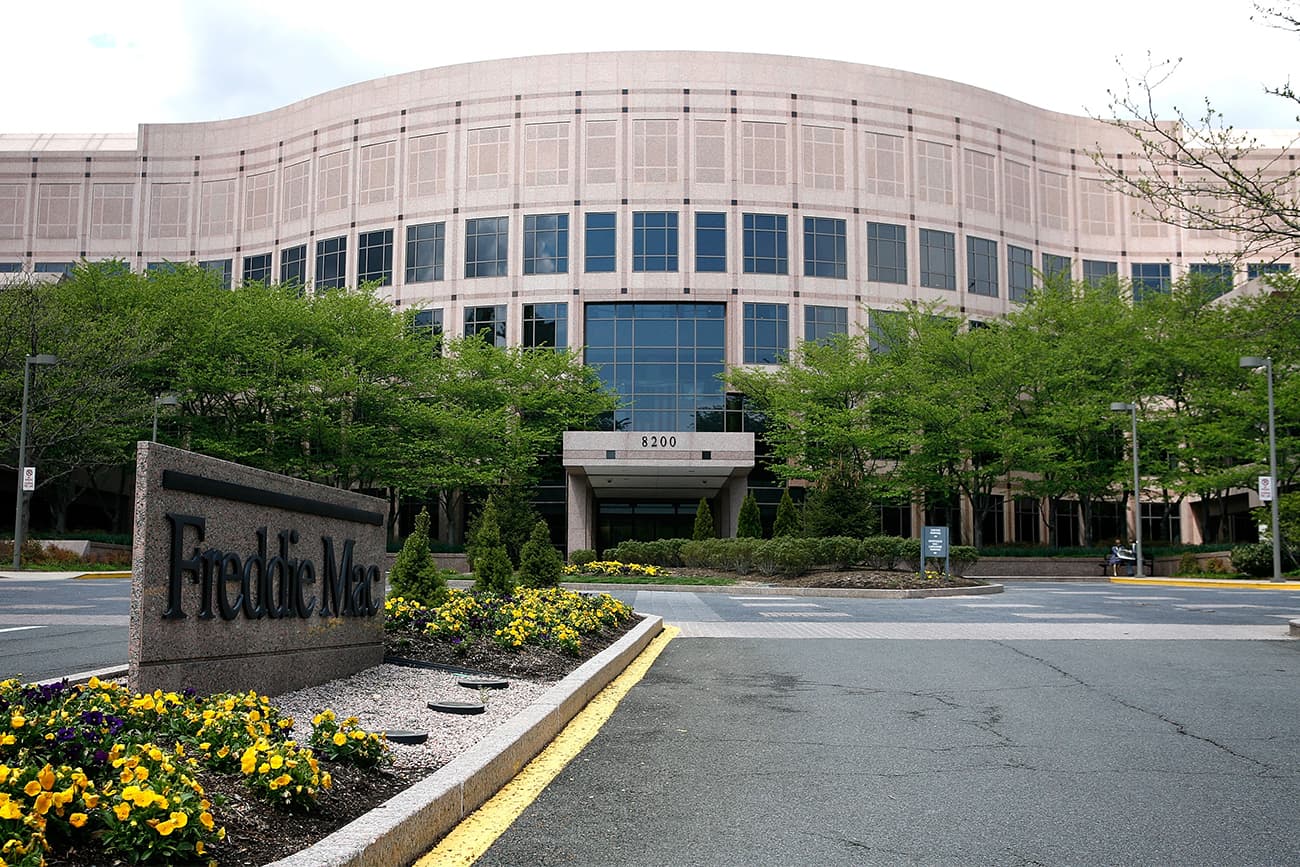
Background Information on LLPAs
In January of 2023, the Federal Housing Finance Agency (FHFA), which regulates Fannie Mae and Freddie Mac (the GSEs), directed them to change their loan level pricing adjustments (LLPAs)—upfront fees the GSEs charge individual borrowers based on their credit score, down payment, or other risk factors.
On May 10, 2023, the Federal Housing Finance Agency (FHFA) rescinded its proposed loan level pricing adjustment (LLPA) upfront fee on borrowers with debt-to-income ratios greater than 40 percent that was slated to go into effect August 1. It was also announced that a request for input (RFI) on an LLPA increase on borrowers with credit scores over 680 and down payments from 5% to 25% would be issued and information gathered from industry, consumers, academics, and private market experts.
NAR’s Position on LLPAs
- REALTORS® welcome the reduced fees for entry-level borrowers, but the higher fees on middle-wealth borrowers should be eliminated.
- The fee increases exacerbate the 3-percentage point surge in rates over the last year, harming borrowers.
- The GSEs are extremely profitable and do not need to raise fees.
- Given their position as market utilities with a Congressional charter, there is no need to charge more.
Resources on LLPA Changes
- NAR Statement on FHFA's Cancellation of August 1 LLPA Fee Increase (May 10, 2023)
- Washington Report (May 10, 2023)
- Letter to the FHFApdf (April 26, 2023)
- Letter to Congresspdf (April 26, 2023)
- REALTOR® Magazine Article (April 26, 2023)
- Washington Report (April 20, 2023)
- NAR Statement on FHFA LLPA Structure Changes (January 19, 2023)
NAR Engagement on Previous LLPA Changes
- Letter to Edward DeMarco FHFA Acting Directorpdf (December 19, 2013)
- Letter to the FHFA Director Melvin L. Wattpdf (January 26, 2018)
- Letter to Mark Calabria, FHFA Director, on the capital rule, which drives the LLPAspdf (August 31, 2020)
What NAR Has Done Regarding LLPA Changes
- NAR first raised concerns about the fee increases on January 19th.
- Since then, NAR has spoken and met with FHFA staff about this issue numerous times in an effort to raise concerns about the fee increases.
- NAR has also reached out to industry partners to raise awareness of the problem.
- NAR has spoken to leaders on both sides of the Senate Banking Committee as well as the White House on this issue.
- NAR sent a letter to FHFApdf reiterating its stance and urging the removal of the fee increases.
- LLPAs have been around since 2008 and have changed many times over the years, with NAR continuously advocating in the interest of homeownership along the way.
Understanding the LLPAs Issue
The media reports have led to confusion about the facts. Here are some points of clarification:
- Risky borrowers still pay more than low-risk borrowers, that hasn’t changed.
- There has been no change to underwriting or qualification of borrowers; if you didn’t qualify before, you don’t now, and all loans must comply with the Ability to Repay rule implemented after the financial crisis.
- It is not clear that the fee increase on lower-risk borrowers pays for the fee reduction on higher-risk borrowers. At NAR’s Policy Forum on April 19th, FHFA’s Director Sandra Thompson indicated that, “there was no uniform targeting of a borrower with a higher LTV for a lower”.
- It’s important to note this form of pricing structure, where one group helps pay for other groups, is already used at the GSEs in a process called cross-subsidize. Cross-subsidize supports markets such as small towns, coastal areas that are prone to storms or flooding, and areas with higher-than-average unemployment to name a few. In short, the GSEs cross-subsidy supports clients for virtually all of NAR’s members in some shape or form. The bulk of these funds come from what the GSEs charge on investor loans, though, not other homebuyers.
Next Steps
- NAR is doing further outreach with leadership on the Hill to clarify fact from fiction and to share NAR’s position.
- NAR is collaborating with industry partners and exploring letters from various groups.










